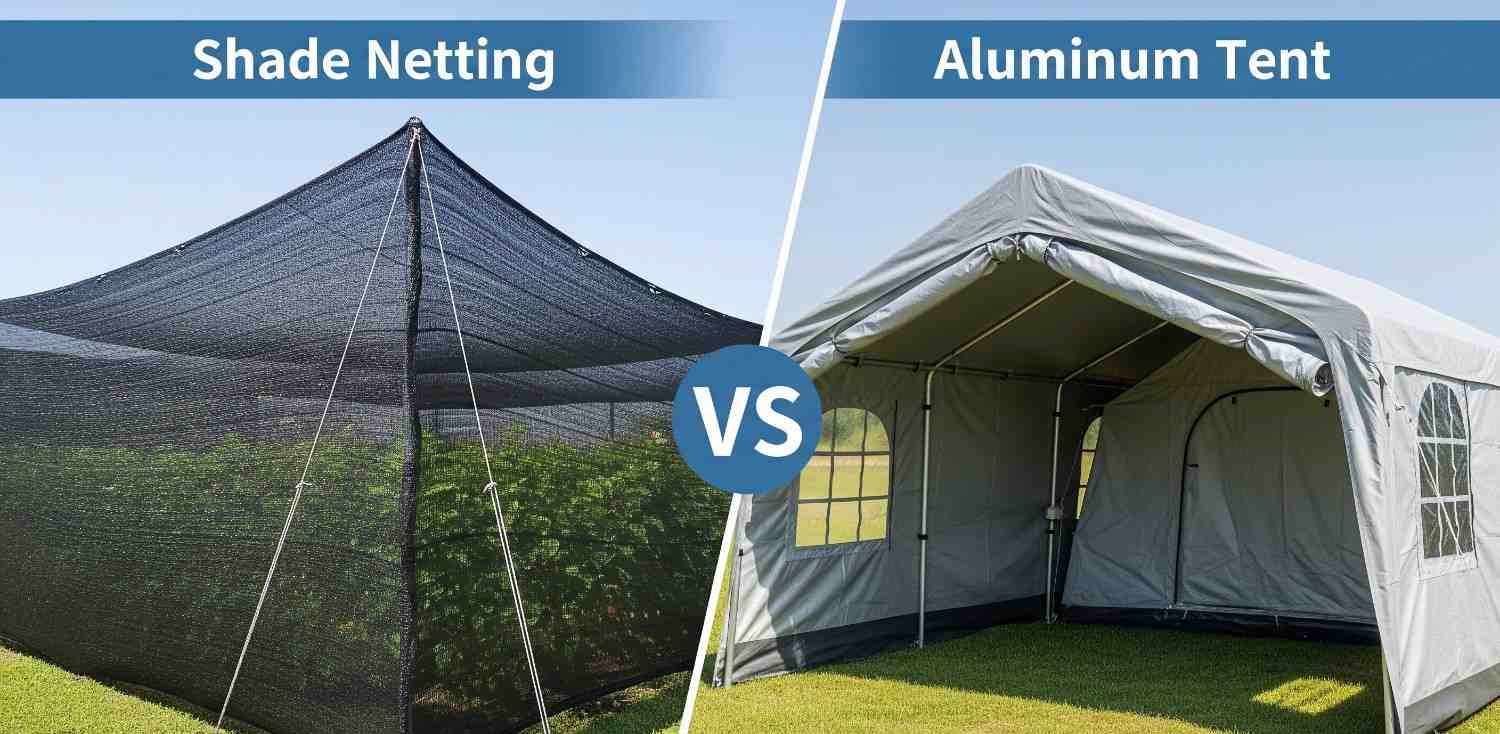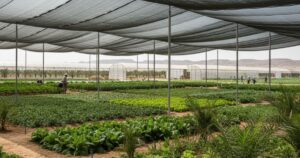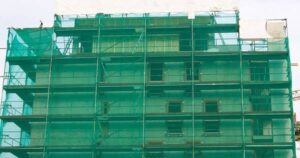In the scorching UAE climate, finding the right outdoor shade solution is critical, whether you’re growing crops, hosting events, or simply trying to stay cool. Two of the most popular choices are shade netting and aluminium tents, each offering unique advantages. This detailed comparison will help you make an informed decision for your project, taking into account performance, cost, durability, and use case.
What is Shade Netting?
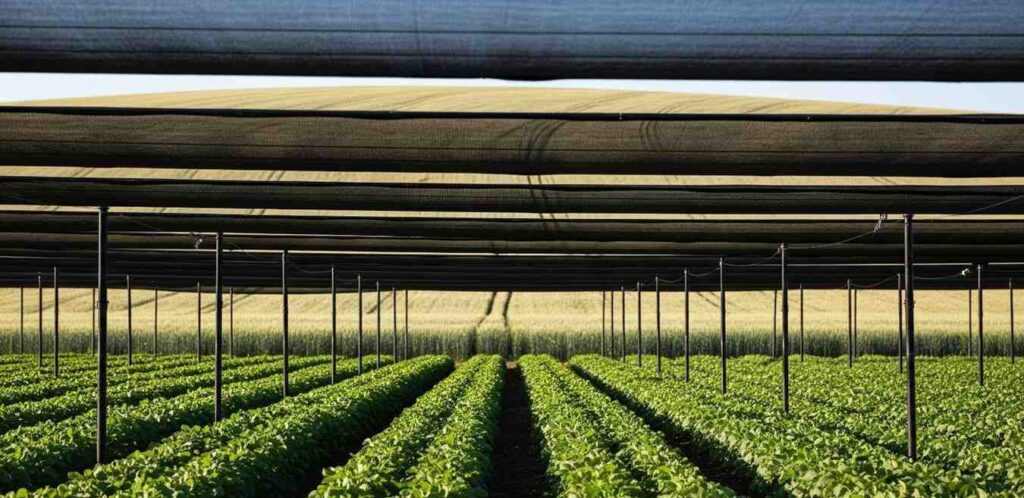
Shade netting is a lightweight, woven or knitted mesh made from UV-stabilised polyethylene (HDPE). It’s designed to reduce the intensity of sunlight while still allowing air and moisture to pass through. Widely used in agriculture, horticulture, and construction, shade nets are rated by shade percentage (30% to 90%) and GSM (grams per square meter).
Key Features
- UV-resistant HDPE material.
- Available in various colours and shade levels.
- Highly breathable and affordable.
- Ideal for plant nurseries, gardens, patios, and greenhouses.
Read Also: Shade Nets for Greenhouses and Gardens in Dubai
What is an Aluminium Tent?
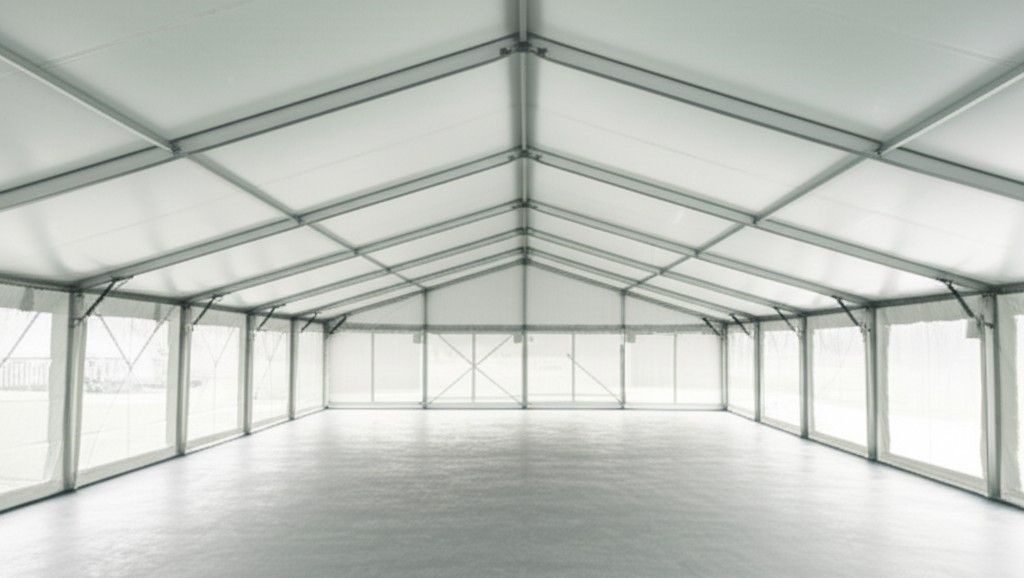
Aluminium tents are robust, modular structures built with anodised aluminium frames and covered with heavy-duty PVC tarpaulin for weather resistance. The aluminium frame provides strength and stability, while the PVC tarpaulin cover ensures durability, waterproofing, and protection from UV rays and dust. These tents are commonly used in commercial, industrial, or event settings and can span large areas for versatile outdoor applications.
Key Features
- Strong anodised aluminium frame construction.
- Covered with heavy-duty PVC tarpaulin for weather resistance.
- Fully waterproof and UV-protected roofing.
- Ideal for long-term outdoor use in the UAE climate.
- Customisable for events, storage, exhibitions, or semi-permanent setups.
Comparison Table: Shade Net vs Aluminium Tent
|
Feature |
Shade Netting |
Aluminum Tent |
| Cooling Performance | Moderate (8–12 °C drop) | High (superior insulation) |
| Cost | Low | Higher initial investment |
| Installation | Simple & lightweight | Requires structure & tools |
| Lifespan | 3–5 years (with care) | 5–10 years (with maintenance) |
| Customisation | High (GSM, colour, shade%) | Moderate (size, fabric type) |
| Portability | Foldable & easy to store | Less mobile, heavier frame |
Read Also: Shade Net Installation Tips
Climate Suitability in the UAE
In the UAE, temperatures can exceed 45 °C with intense UV exposure and dry winds. Here’s how both solutions perform:
1. Shade Netting
- Reduces ambient temperature by up to 12 °C.
- Encourages airflow, making it ideal for greenhouses or gardens.
- Ideal for environments that need light and ventilation.
2. Aluminium Tent
- Better protection from dust, rain, and sandstorms.
- Offers full shade and better insulation.
- Suitable for commercial activities or areas needing weatherproof coverage.
Use Case Scenarios: What Fits Your Needs?
Choose Shade Netting If You Need
- Cost-effective cooling for plants or patios.
- A lightweight option for garden structures.
- Partial sun protection with airflow.
- Custom shade levels (30% to 90%)
Choose Aluminium Tents If You Need
- A durable, weatherproof solution for events or industrial use.
- A long-term shelter with lockable access and enclosed walls.
- Space for people, vehicles, or equipment.
Cost & ROI Comparison
Shade netting is more budget-friendly upfront. It’s ideal for short-term or seasonal use, particularly in agriculture. Aluminium tents, while more expensive initially, offer a longer lifespan and better protection in high-investment areas.
Quick ROI Breakdown
- Shade Netting: Low cost, fast setup, quick return in agriculture or gardening.
- Aluminium Tents: Higher investment, longer lifespan, better suited for businesses or long-term installations.
Pros & Cons
✅ Pros of Shade Netting
- Affordable & scalable.
- Allows airflow and light filtering.
- Easy to install and remove.
- Customisable by shade level and GSM.
❌ Cons of Shade Netting
- Less sturdy during strong winds or storms.
- Not suitable for enclosed or rainproof structures.
✅ Pros of Aluminium Tents
- Excellent weather resistance.
- Secure and durable.
- Reusable for multiple purposes.
- More professional appearance.
❌ Cons of Aluminium Tents
- Higher upfront cost.
- More time-consuming to install.
- Heavier and less flexible.
Conclusion
Both shade nets and aluminium tents serve important functions in Dubai’s demanding climate. Shade nets are best for ventilation, cost savings, and crop health. Aluminium tents excel in durability and full enclosure needs. Choose based on your space, budget, and purpose or combine both for a hybrid solution.
Need help choosing the right shade system? Talk to our experts for free advice.
Frequently Asked Questions
Can shade netting and aluminium tents be used together?
Yes! You can use shade netting under aluminium tent roofs to create a double-layered system that reduces heat and increases plant-friendly light diffusion.
How long do shade nets and aluminium tents last?
With proper care, shade nets typically last 3–5 years, while aluminium tents can last 5–10 years, depending on the fabric quality and frame maintenance.
Are aluminium tents waterproof?
Yes. Most aluminium tents use waterproof fabric like PVC, canvas, or polyester, making them ideal for rain protection and events.
What’s the maintenance difference between the two?
Shade nets need occasional rinsing and seasonal UV checks. Aluminium tents may require cleaning, bolt checks, and fabric replacement every few years.
Can I install either solution myself?
Shade nets are easy to DIY with minimal tools. Aluminium tents usually require professional installation, especially for large sizes.

